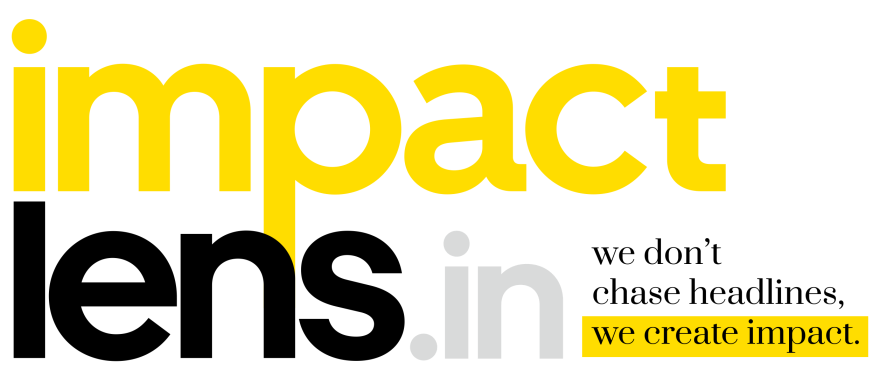By Mr. Nageshwar Rao, Joint Director – South India, CYDA
For a community-level intervention to succeed, key factors such as awareness, sensitization, active local participation, strong leadership, and collaborative efforts must align. When even one of these elements is absent, well-designed programs can struggle to achieve sustainable impact. This was evident in 20 villages across Pendurthi and Anandapuram Mandals in Visakhapatnam district. Despite the establishment of 18 Solid Waste Processing Centres (SWPCs), the waste management system remained largely ineffective due to gaps in community engagement and operational support.
To address this, HDFC Bank in partnership with CYDA, initiated a community-led transformation by mobilizing young people and local leaders, ensuring that the right people had the right knowledge and a shared sense of responsibility.
Why the Initial Waste Management System Failed
When CYDA first engaged, it carried out a root-cause analysis to understand why the system wasn’t working with the 20 villages. It became clear that the solid waste management system was failing not due to a lack of infrastructure, but because of gaps in awareness, ownership, and implementation. There was very limited understanding of solid waste management among Panchayat Raj Institution members, frontline workers, and community residents. SWPCs existed but were non-functional, as no one took responsibility for running or maintaining them. Waste work was seen as dirty and socially stigmatized, which discouraged people from engaging with the system. Panchayats lacked accountability and did not include waste management in their planning or budget allocations. Technical guidance, financial planning, and local training were completely absent. This disconnect between infrastructure and implementation led to garbage piling up in open spaces, drains, and water bodies. There were no public forums to talk about waste segregation, and frontline workers lacked even basic training. As one young resident recalled, “There were no discussions on composting or segregation. And there was definitely no one guiding our local leaders.”
How HDFC and CYDA Addressed the Issue
To address the situation, a structured intervention was launched in 2025 across all 20 villages. It began with orientation programs that brought together over 1,000 key stakeholders, including Sarpanches, Ward Members, SHG members, Anganwadi workers, ASHAs, ANMs, teachers, and sanitation workers. Each session examined the current waste scenario, identified hotspots, and explained the reasons for the failure of SWPCs. Most importantly, the sessions highlighted the value of processed waste and emphasized the importance of integrating SWM activities into the District and Gram Panchayat Development Plans. The intervention didn’t stop at only raising awareness. It actively encouraged participation from youth and SHG members, promoted budget allocations from local panchayats, and created platforms for young people to lead cleanliness drives and start waste awareness clubs in schools.
Solid Waste Processing Centres

Before After
Youth as Catalysts: Changing the Conversation on Waste
The involvement of young people played a crucial role in changing the way waste management was viewed and practiced in the villages. For years, topics like segregation and composting were never discussed openly, and there were no forums for young people to engage. That began to shift after the intervention. Youth who once felt ignored found a meaningful place in community planning. As one young resident from Pinagadi shared, “For years, our Panchayat members never discussed waste in public forums. After the session organsied by CYDA, not only did our Sarpanch take interest, but he also began planning a local composting pit to manage kitchen and green waste.” Motivated by the sessions, many young people began educating their own families about dry and wet waste, participated in local cleanliness drives, and proposed the creation of a waste club in their school to raise awareness among children. “We, the youth, found ourselves with a new role, not just as bystanders but as catalysts of change,” one youth reflected. Their active participation helped break the silence around waste, bringing fresh energy, accountability, and ideas into a space previously marked by neglect and hesitation.
Impact: A Community-led Shift in Waste Management
The initiative brought about significant changes in both knowledge and practice. Panchayats began acknowledging their responsibility for waste management and started allocating budgets under official development plans. Community awareness about waste classification, segregation, collection, and disposal increased. Frontline workers became better equipped to carry out their roles safely and effectively. Social taboos around waste handling began to shift, as young women and local youth took active roles in village discussions and planning. As one participant shared during a session in Sontyam, “I will find a donor to purchase a tractor for waste transport in our village”-a statement that reflected the new mindset toward local responsibility and action. With greater knowledge, stronger community involvement, and targeted support, waste is no longer being seen as someone else’s problem-it has become a shared concern, and more importantly, a shared solution.

